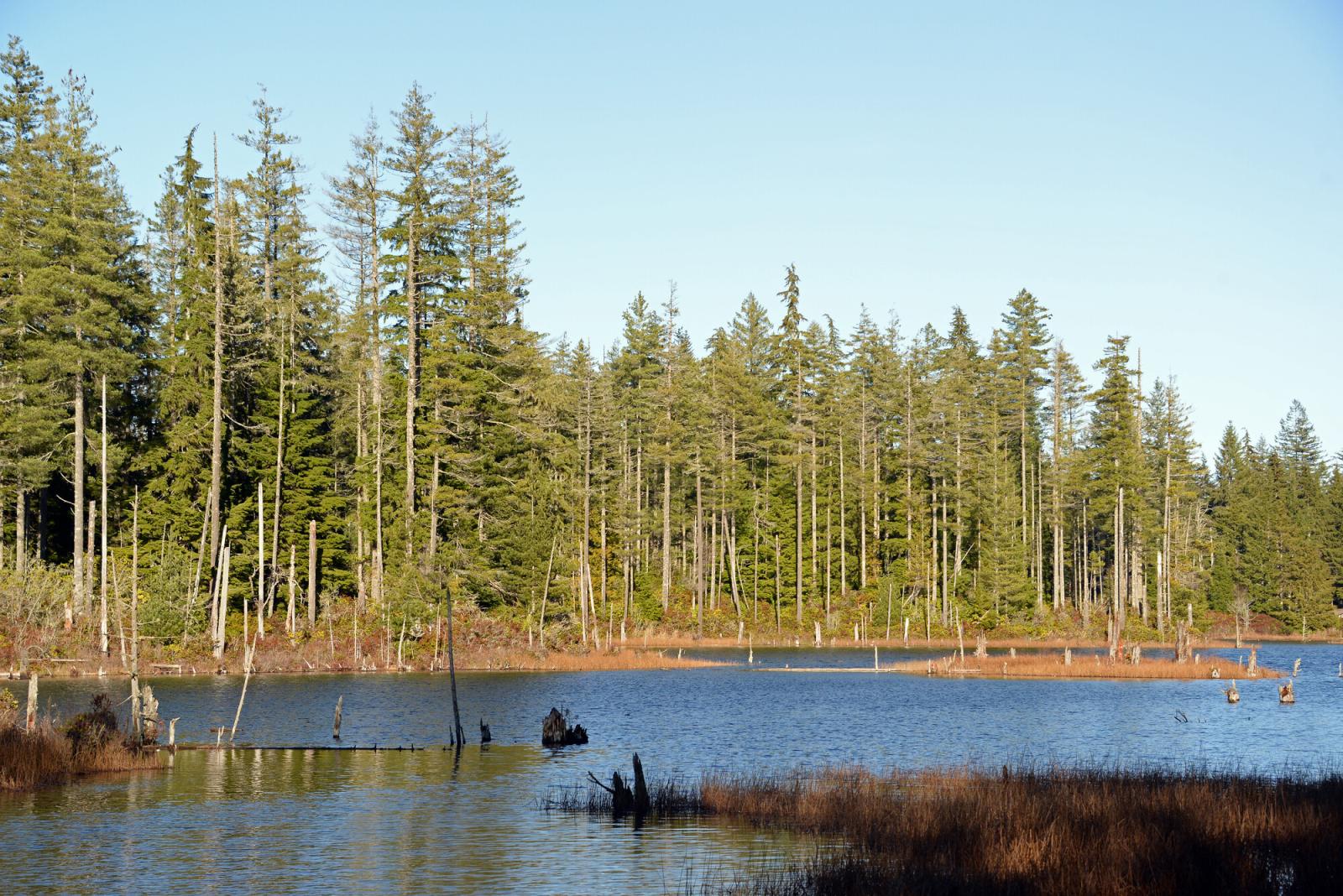Photos
Click to display full size or right-click to save to your device.
ARCHIVED NEWS RELEASE
This document is provided for archival purposes only. Archived documents
do not reflect current WDFW regulations or policy and may contain factual
inaccuracies.
News release Sept. 14, 2021
Lauri Vigue, 360-701-6159
Darric Lowery, 360-701-5145
OLYMPIA – The Washington Department of Fish and Wildlife (WDFW) is soliciting public input on a draft management plan for the South Puget Sound Wildlife Area, which encompasses 5,790 acres spread across Mason, Kitsap, Pierce, and Thurston counties in eight units.
“This plan will guide our management and budgeting decisions for the wildlife area, which provides important habitat for fish and wildlife as well as recreation opportunities for people,” said Lauri Vigue, environmental planner for WDFW. “We greatly appreciate and value input from neighbors, partners, and wildlife area visitors. Public feedback helps us develop a more relevant and achievable plan to make the South Puget Sound Wildlife Area better for wildlife and the community.”
The draft management plan is undergoing a 30-day State Environmental Policy Act (SEPA) public comment period and is available on WDFW’s website under “Management Planning” at https://wdfw.wa.gov/places-to-go/wildlife-areas/south-puget-sound-wildlife-area.
People can provide feedback on the draft plan by 5 p.m. on Thursday, Oct. 14 on WDFW’s website at wdfw.wa.gov/licenses/environmental/sepa/open-comments, by email (SEPADesk2@dfw.wa.gov), or by mail to Lisa Wood, SEPA/NEPA Coordinator, WDFW Habitat Program, Protection Division, P.O. Box 43200, Olympia, WA 98504.
WDFW will host an online public meeting to review the draft plan on Wednesday, Oct. 6 at 6 p.m. using Microsoft Teams. People can also call in for audio only. Refer to the event on WDFW’s calendar for more details.
Periodically, WDFW goes through a process to revise management plans for each of its 33 wildlife areas to document current conditions, address new Department initiatives, and identify new management priorities and actions. In between those major revisions, WDFW updates plans every couple of years to outline short-term objectives and accomplishments. The last plan update for the South Puget Sound Wildlife Area occurred in 2017.
Vigue said the draft management plan was developed with the help of the South Puget Sound Wildlife Area Advisory Committee, a diverse group of local partners and community members interested in conservation and outdoor recreation.
The South Puget Sound Wildlife Area supports many prairie, estuary, and wetland dependent species, as well as a variety of other wildlife and native fish populations, some of which are federally endangered. Each of the eight units provides habitat for many common species found throughout Western Washington, such as deer, elk, river otters, marine birds, marine mammals, shorebirds, waterfowl, and a variety of song birds.
The South Puget Sound Wildlife Area provides public access to the outdoors, including fishing, hunting, and wildlife watching opportunities, and offers unique facilities that serve diverse and growing human populations. The Nisqually Reach Nature Center partners with WDFW and operates a facility on the Nisqually Unit that has offered education and outreach opportunities for more than 35 years. Another WDFW partner, The Salmon Center, offers similar outreach and education opportunities at the Union River Unit located in Belfair.
All members of the public are invited to share their diverse perspectives and participate in WDFW public feedback opportunities regardless of race, color, sex, age, national origin, language proficiency, religion, sexual orientation, gender identity and/or expression, status as a veteran, or basis of disability.
Automated technology-based translation assistance is available through the Department’s web, virtual meeting, and online public feedback processes. To support equal access, staff are also available to arrange free and timely assistance when needed and notified. Learn more on the WDFW website, by calling 360-902-2349, TTY (711), or emailing Title6@dfw.wa.gov.
WDFW manages more than a million acres of land and hundreds of water access areas throughout the state. By actively managing lands, restoring habitats, and preserving wild places, the Department serves as stewards for Washington’s natural places, protecting the state’s land and water for its human and wildlife populations.
